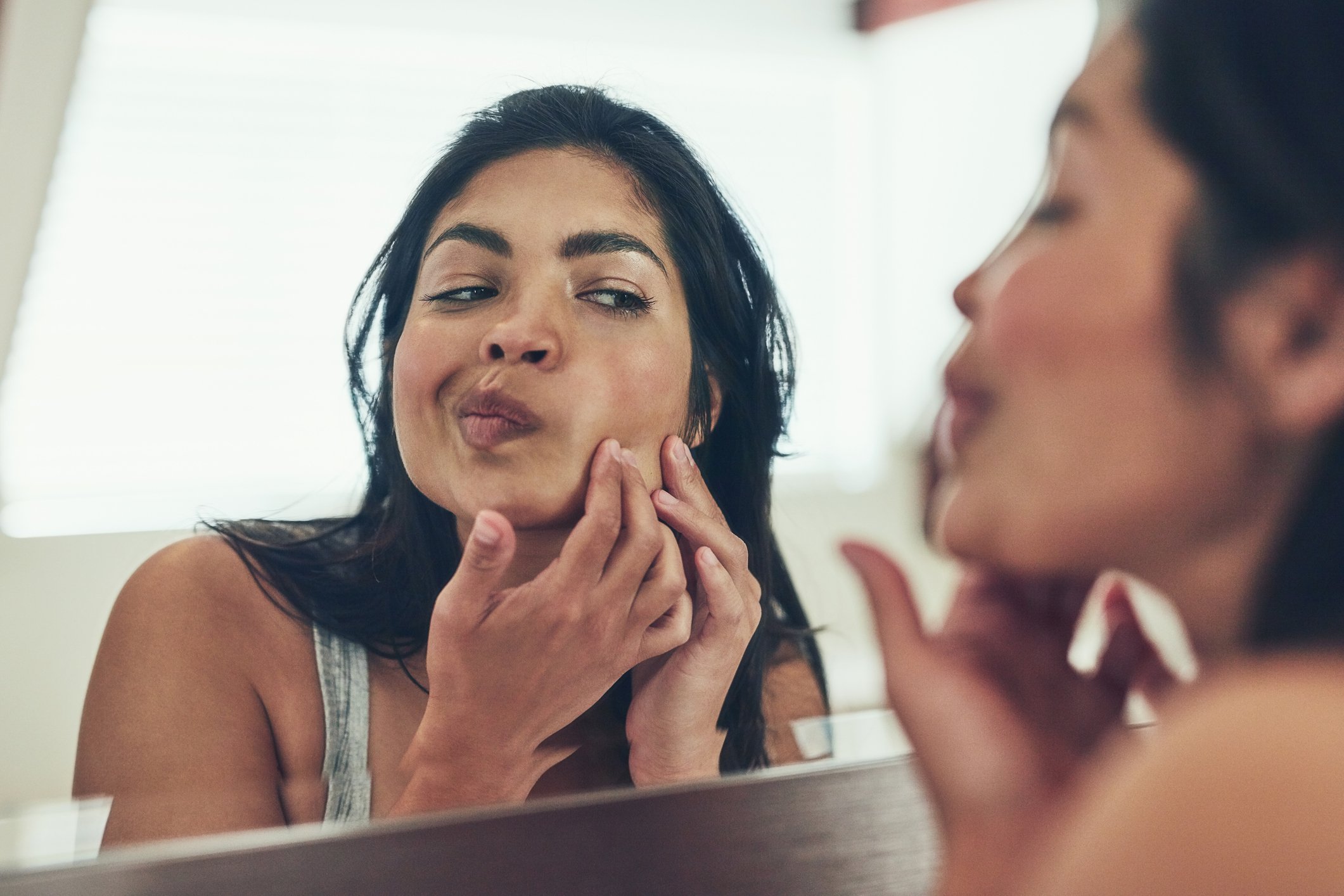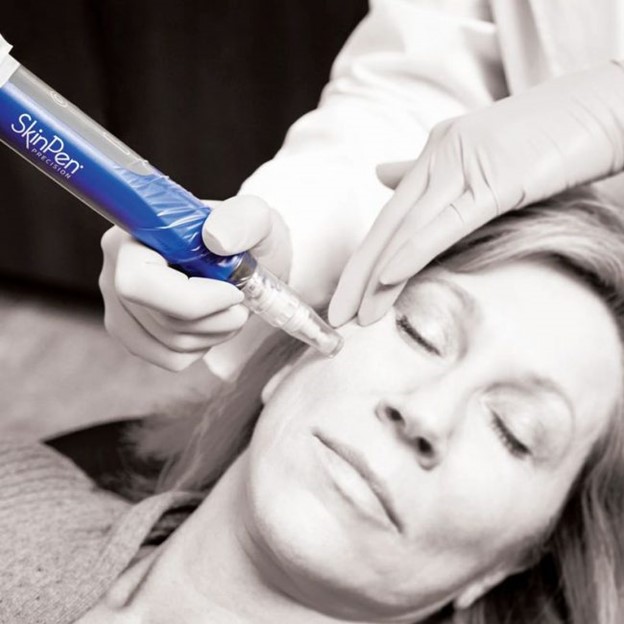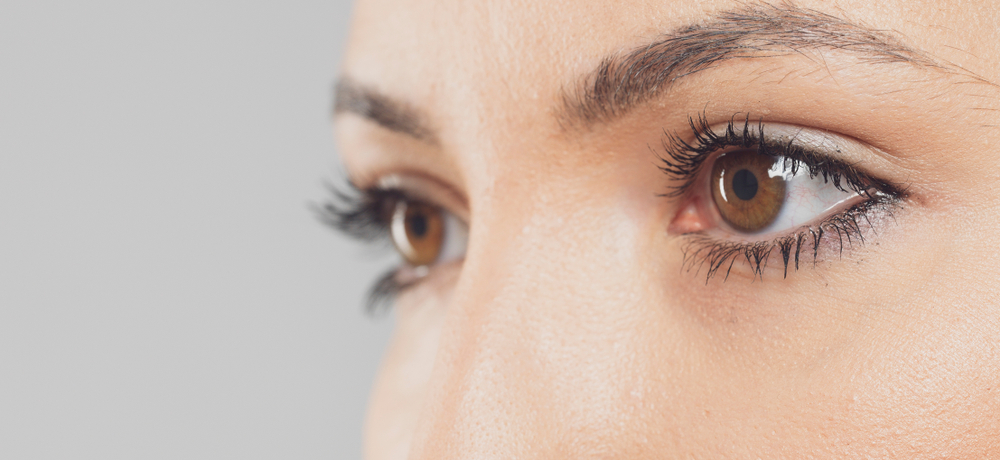
We usually think of acne as a problem for teenagers and as teens, we look forward to growing out of it. But for some people, acne can persist even into middle age. And for still others, they can develop an acne problem in their 30s, 40s, and 50s, even if they didn't have acne as a teen. Frustratingly, many of the treatments that are successful in treating acne in young people either do not work or may even exacerbate acne in adults.
What causes adult acne?
Acne occurs when the pores of the skin become clogged by oils or debris and become inflamed. Nearly 20% of adults have acne. “Adult acne” is an acne problem that has persisted from puberty into adulthood. “Adult-onset” acne is a new acne problem in adulthood that didn't exist before. Both stem from complex causes and changes in the body over time. Causes may include:
- Fluctuating hormone levels: In women, particularly during or near pregnancy or menopause, hormone levels can shift rapidly and dramatically, and often cause acne.
- Stress: Stress can trigger androgen production in the body, which in turn can trigger acne flare-ups.
- Aging skin: As we age, our skin loses the ability to produce collagen and the skin loses elasticity. This can lead to enlarged pores, which are more likely to get blocked, triggering acne.
- Diet: There are foods that can trigger acne-flare ups, particularly when combined with hormonal changes. Meat and dairy that have been treated with hormones have been shown to increase the likelihood of acne.
- Family history: There is frequently a genetic predisposition toward adult acne.
- Hair and skin care products: Some hair and skin products clog pores and cause acne. Even if a product hasn't caused acne for you in the past, when combined with other risk factors above, it may become a problem.
- Medications: Acne is a common side-effect of some medications.
- Illness: Acne may also be a side effect of an underlying medical condition.
What to do about adult acne?
If it's just a spot or two from time time, you can probably treat adult acne at home. Here are some simple ways to deal with a periodic flare up:
- Do not squeeze it. It may be tempting but squeezing or picking at a pimple can prolong healing time, increase redness, and perhaps even make it worse. Avoid irritating it.
- Exfoliate your skin. You don't need to update your entire skin care regimen to manage the occasional breakout, but if you aren't regularly exfoliating, make it a part of your routine. Try a gentle exfoliator with glycolic acid.
- Use an acne spot treatment, one at a time. You may want to hit the store and try every product on the shelf, but using individual products one at a time, for 4-6 weeks, will help you identify the ingredients that are most effective for your acne, while being gentle on adult skin. Try a treatment with salicylic acid. If that dries your skin too much, try a glycolic acid. If salicylic acid doesn't work on your acne, try something stronger like retinol or benzoyl peroxide. Adults have to balance acne treatments with the needs of skin that is dryer, thinner, and slower to heal than young skin, so take your time and identify the best acne-fighting ingredients for your skin.
For severe acne, or ongoing acne problems, it is best to see a dermatologist. Dermatologists have more expertise, and a wider range of acne solutions than over-the-counter products. A dermatologist may also be able to identify potential underlying problems that are causing your acne.
Adult acne can be frustrating and embarrassing, and it is frequently more complex and difficult to treat than teen acne. But there are solutions available, and it's not as uncommon as you may think. With some care and attention, adults can overcome acne.








